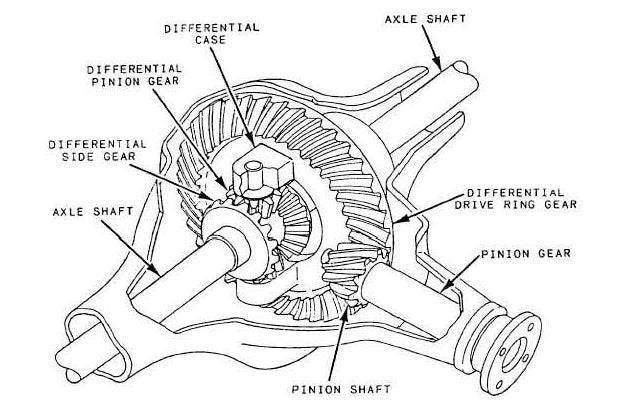
After our feature a few weeks back discussing the functions of the transfer case in a 4WD system, we wanted to follow up with the next key component in a 4x4’s driveline: the differential.
At a grassroots level, the differential is the mechanical means by which the rotational force of your engine travels down the driveline and changes directions. This sounds pretty simple and straightforward in some respects, but the mechanics behind it aren’t quite cut and dry, especially when you start adding the need for locking into the equation. In this article we will walk you through the basics, and not-so basics, how all this comes together.
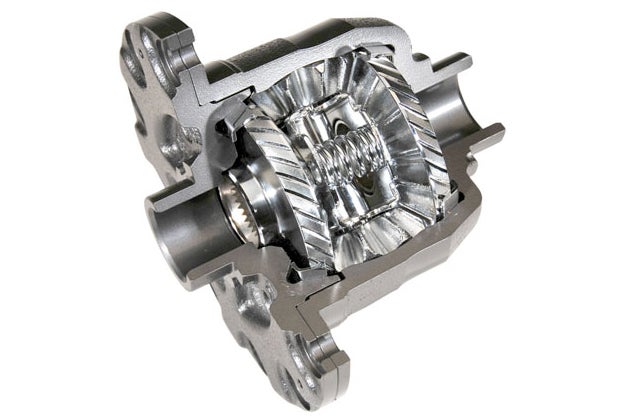
The Open Differential
In its simplest form, a differential’s purpose is both to translate power to the wheels of your vehicle, however what’s more important is its ability to allow the wheels on the left and right to travel at different speeds. When turning around a corner the inner wheels of your vehicle slow, and your outer wheels speed up. In order to do this the differential is comprised of a series of gears, which at first glance look a little difficult to follow.
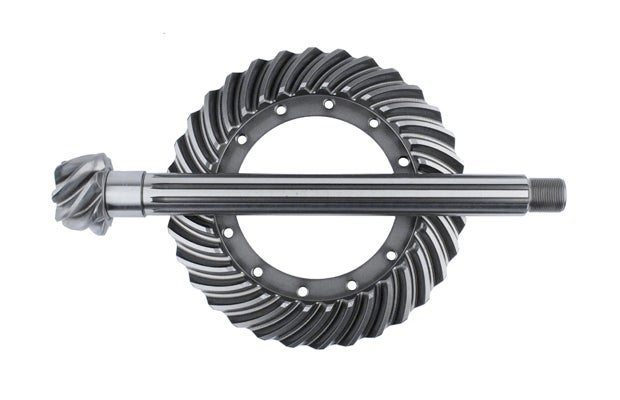
To break it down, things start with the input flange. This is where the driveshaft bolts up to the differential and rotates a small, 45-degree cut gear called the pinion gear. The pinion gear then meshes with the large ring gear, which is attached to the differential itself. Attached to the differential are a number of differential pinion gears, more commonly known as spider gears. This is where things start to get interesting. When the drag on both axles is the same, the spider gears rotate with the differential and evenly turn both side gears. Finally these side gears are attached to the output shafts on either side either via splines or a bolt-up flange in the case of a vehicle with independent rear suspension.
Fundamentally this solves the problem of varying speeds, however it opens the driveline up to a fundamental flaw, especially for those of us who venture off pavement. Because of its design, the relationship between the spider gears and side gears means the wheel that can spin the most freely gets all the power. This is why you occasionally see people doing burnout where only one wheel turns, and also why we sometimes see guys stuck out in the mud in their old pickup with one wheel spinning wildly and the others not moving one bit. Thankfully a number of equipment manufacturers have come up with ways to keep power moving to the wheels with traction to help us get out of sticky situations.
Mechanical Locking
The basics of mechanical locking are vastly simpler than the differential itself. By adding aspiring mechanism in the center of the differential and a set of clutch packs behind each side gear, a limited amount of slip is allowed between left and right wheels; hence the term “limited-slip diff” or LSD. When rolling in a straight line the spring doesn’t influence the differential, however when the wheel speeds begin to change the level of spring tension and level of grip of the clutch packs determines how much slipping will be allowed before binding the side gear to the axle shaft and maintaining traction at both wheels.
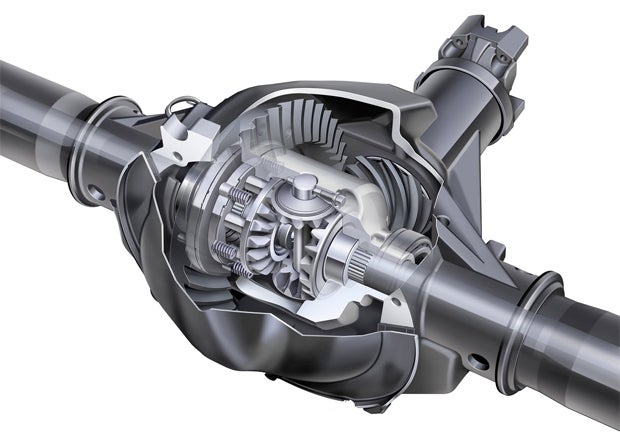
Actuator-Controlled Locking or E-Locker
Much in the same way that an electric actuator and clutch pack are used to vary the torque split in a transfer case, the same can be used for variable differential locking. Rather than the aforementioned spring mechanism, a ball ramp links to the electric actuator and varies the level of engagement of the clutch pack depending on the pre-programmed needs of its controller.
Alternatively, on/off E-Lockers as we see in many new off-road capable Jeeps, SUVs and trucks use the same principles of the infinitely variable setup, instead using the electric actuator as a switch to either fully lock the differential or simply allow it to run in “open” form.
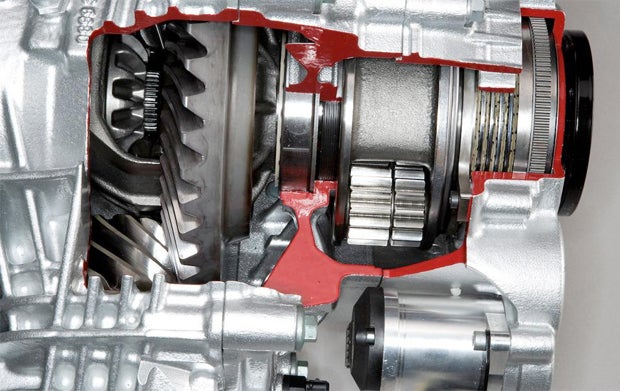
Torque Vectoring Control
Fundamentally the most complex, and some would say convoluted, development in the world of differentials came in the form of the Dynamic Performance Control differential fitted in the BMW X6, X6M and X5M. While this tech doesn’t trickle down to our world, it remains a fascinating piece of (over)engineering. From a performance standpoint, the way standard passenger cars transfer power to the outside wheel in a corner is through use of traction control. When the inner wheel begins to lift, traction control applies the brake nominally on that inner wheel, forcing more power to the outer wheel and improving thrust through the corner.
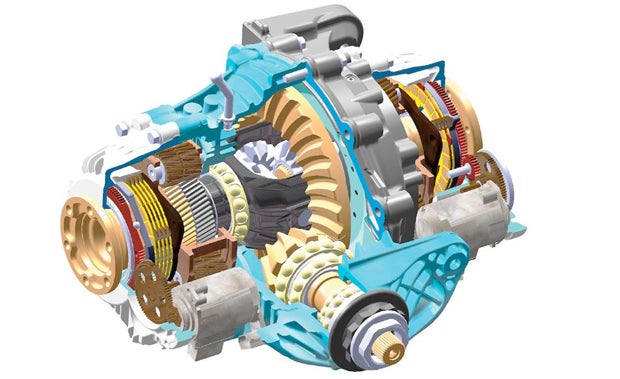
BMW decided that rather than equipping the 5000lb+ SUV with a traditional locking differential, it developed an infinitely variable clutch controlled rear differential which also integrates a 1.1:1 planetary gearset on each wheel, allowing the differential to force the outer wheel to spin 10% faster than the inner wheel and giving the outer wheel an added push to propel it around the bends. While this might be slightly beneficial to increase the big BMW’s lap times, the added weight to this system begs the question of how much benefit it really supplies. Either way, it is still one very funky piece of technology.


 Your Privacy Choices
Your Privacy Choices